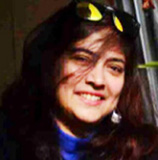The Palace of Maheshadal – Country life redefined in Bengal – GetBengal story
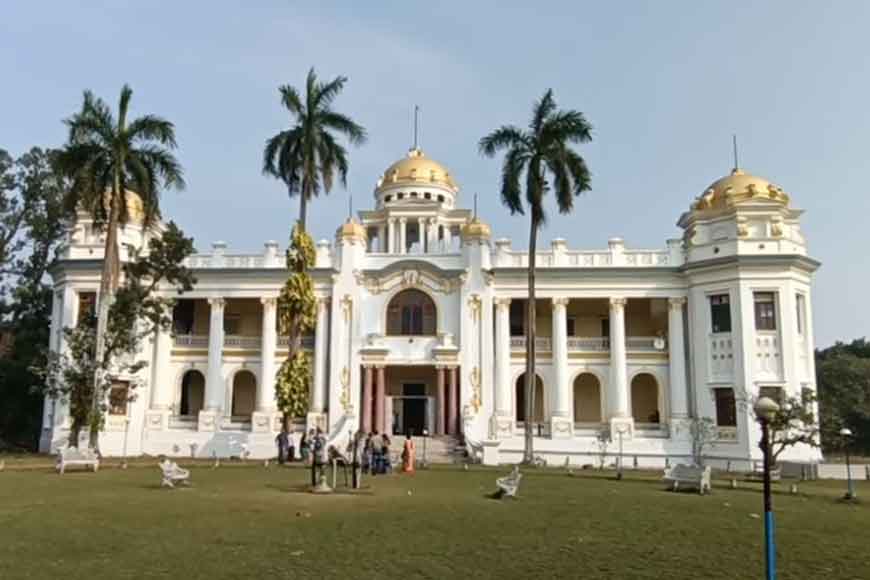
How can a structure that was meant to be a guest house be so grand? Present-day guest houses in Kolkata would tell a different story, but the Phul Bagh Rajbari, popularly known as Maheshadal Rajbari, looks like an imperial residence in the centre of a verdant garden. And it could easily be mistaken for a palace, although it was initially built as a rural estate. The sheer spaciousness of this Rajbari is impressive; it is very different from the dense urban sprawl of the North Kolkata Bonedi Baris.
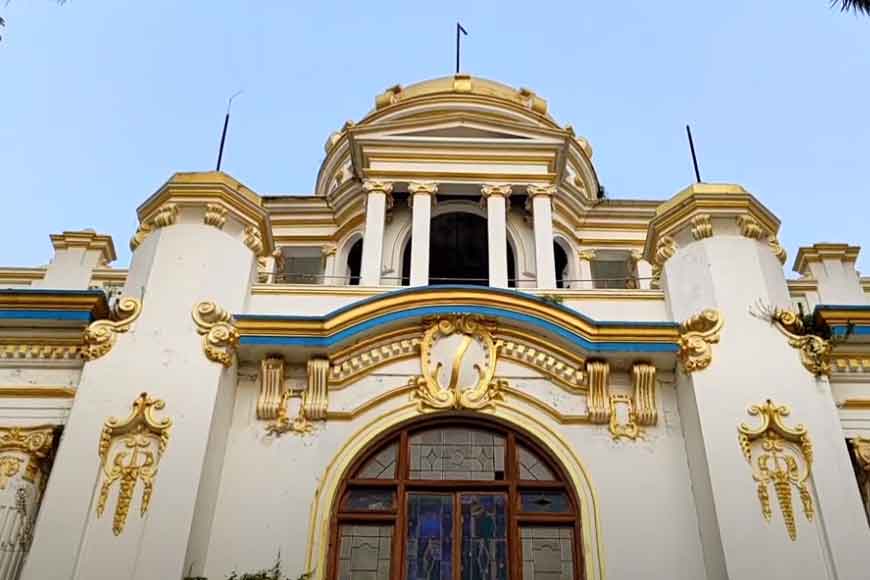
The best part is that the palace is still well maintained and has been converted into a royal guest house, like the palaces of Rajasthan. The ground floor of the palace is home to a mini-museum, while the upper floor is occupied by the existing members of the royal family. Each royal suite is decorated with furniture made of mahogany and teak, as well as expensive chandeliers. The floors are embellished with exquisite marble tiles and paintings of royalty hang on the walls. If you’re lucky you might even stumble upon one of the members of the royal family!
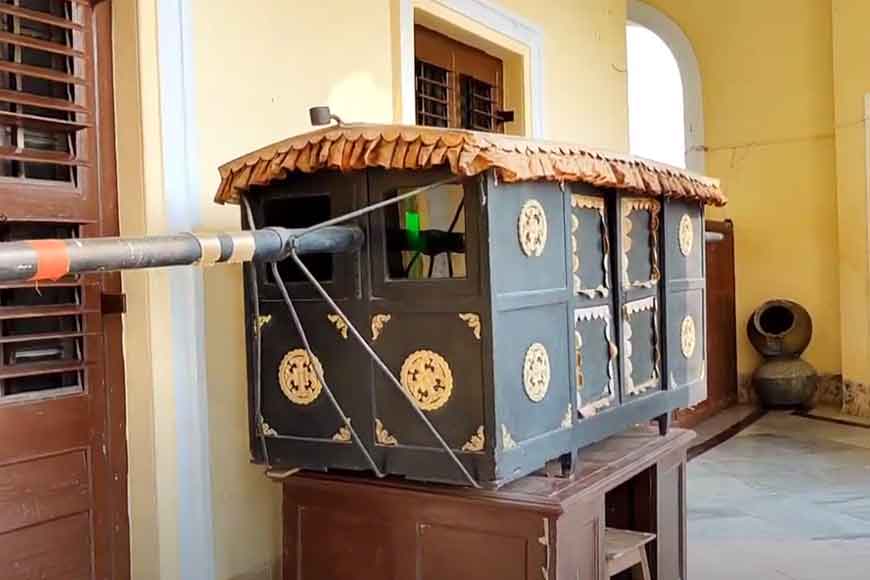
It is within these walls that the iconic movie Datta was shot, and matinee diva Suchitra Sen resided in one of the rooms of the palace. A number of other movies have also been shot in this palace.
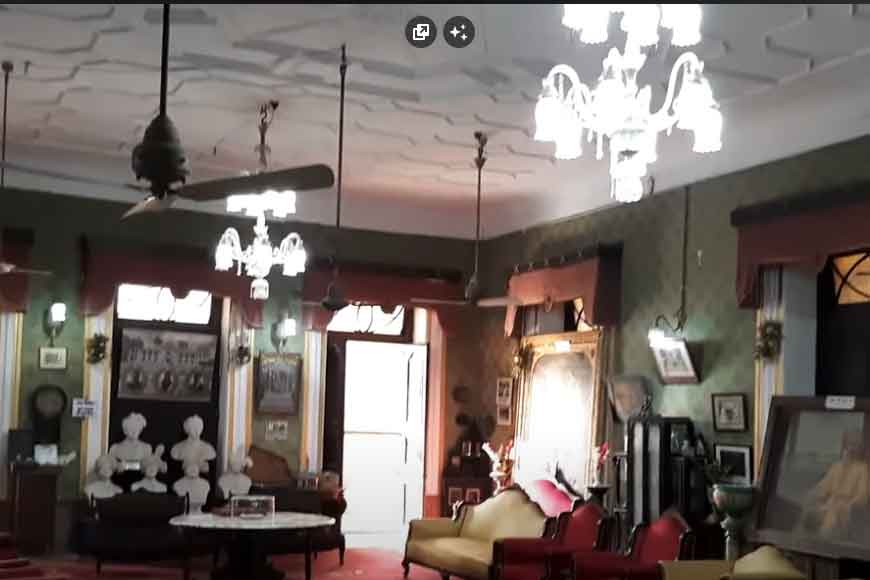
Also read : City Palace of Burdwan Maharaj – GetBengal story
The family’s ancestor, Anandadulal Upadhyay, came from Uttar Pradesh and took the name Maheshadal as per the name of the village where he settled. The architecture of the palace has a hybrid design of classical colonial and central Indian architecture and features fine fretwork on windows, semi-circular verandahs attached to each room, and marble-topped tables and bench seats.
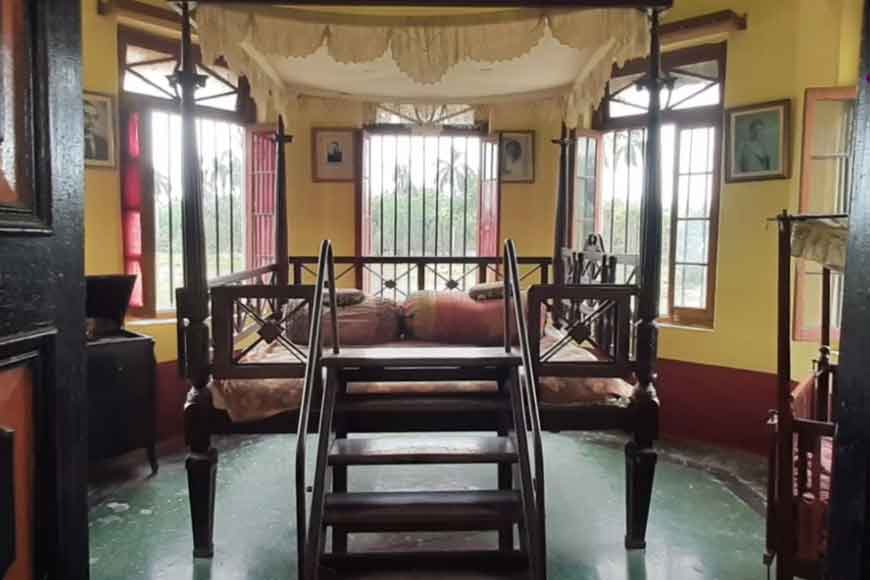
The grand reception room has velvet curtains, throne-like chairs, and precious old paintings. There is also a trophy room with stuffed tigers, bears, and antelopes on the walls. The original palace, built in 1857, was turned into a rural guest house model in 1900 and no longer includes the original zenana, or courtyard. The Maheshadal Palace, other than the central house, has several other mansions on its estate. These include an ornate pavilion-style building for the Brahmin priests who looked after the religious requirements of the family and the temple. Numerous guards were employed to man the fortifications that were built around the estate. Today, most of the buildings on the estate are locked.
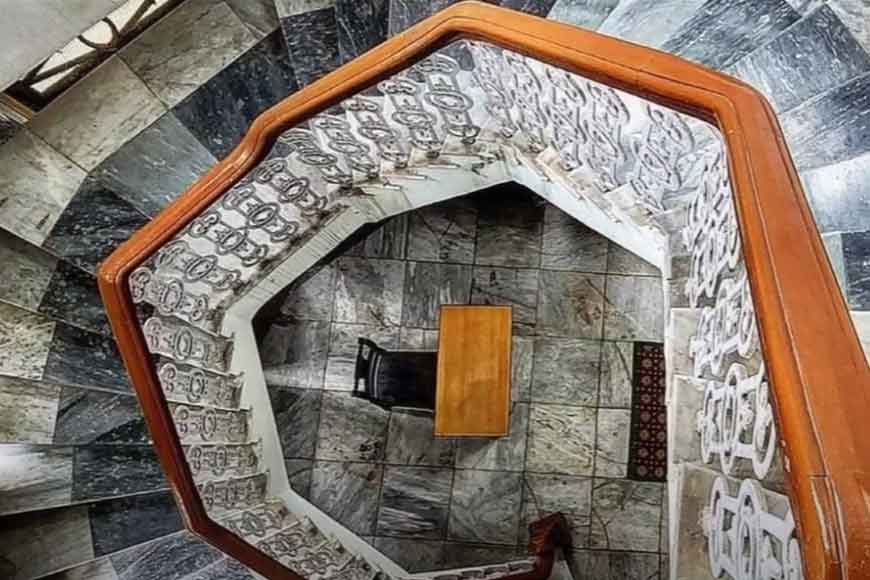
In 1920, Lal Behai Dey wrote: “It was always the largest and finest in the village, facing south to avoid the north wind in winter and catch the pleasant south wind in summer. The hall was covered with carpets, where the zamindar would sit, propped up on pillows, while officials would squat at varying distances according to their ranks. The dalan was only used on great religious festivals when deity images were placed there, and dramatics and pantomimes were enacted in the courtyard below, which was covered with a large cloth canopy called a ‘moonshade.’ Beyond the Dalan Bari, a third courtyard of exactly the same area featured a covered verandah on all sides, similar to the design of the Dalan Bari—two storeys high, containing a large number of small rooms with very few windows. This part of the house was the women’s apartments, called the inner chamber, or andarmahal, or the zenana, an area exclusively for the women of the house.
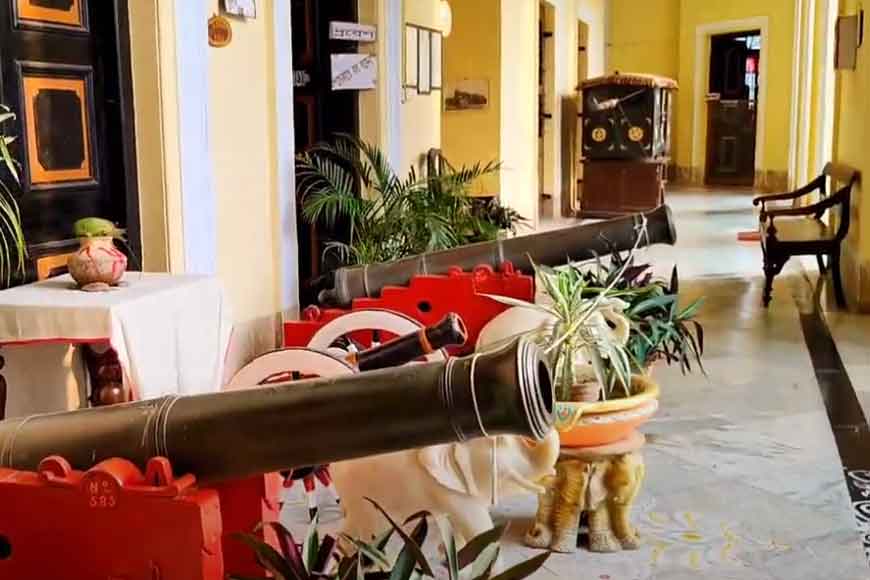
The Ratha Yatra is still celebrated in this palace with great pomp and grandeur. The present 36-wheeled chariot is 75 feet high, and every year its rope is first pulled by a representative of the royal family. A fortnight-long fair is also set up in Maheshadal during the Ratha Yatra festival.







